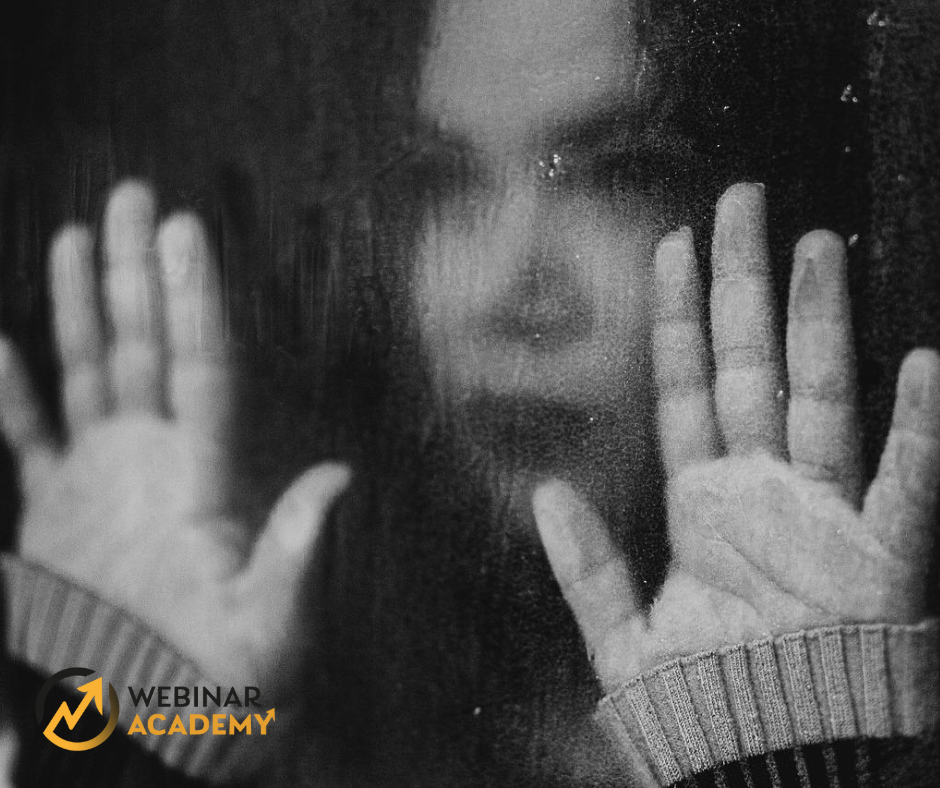Source of drive
Libido, drive or sexual desire are several names for one phenomenon. It refers to the desire to engage in sexual activity, as well as the occurrence of thoughts and fantasies with erotic content. There is no standard that determines when the libido is at an appropriate level and when it is too low. Therefore, if it has always been relatively low, there is no cause for concern. These only arise if the libido level has suddenly changed. When the sexual drive decreases compared to the typical state of a person, one can speak of a decrease in sexual needs, i.e. a desire disorder.
What does the urge for sex depend on? Although libido is natural, it is influenced by many different factors. First and foremost - hormones. This is why the level of the urge changes naturally over the course of a month or even a day. It also changes at different times in a person's life. In men, the strongest drive is during adolescence, when interest in the subject of sex emerges, and persists until about 35 years of age. then it begins to gradually drop off. In women, on the other hand, the strongest libido is between the ages of 30-40 and up to 45. It falls off with the onset of menopause.
What hormones are responsible for libido? In women, the desire for sex is increased by oestrogens. They are secreted mainly during the first phase of ovulation. Afterwards, progesterone lowers the urge. This is closely linked to the menstrual cycle and is intended to lead naturally to conception. In men, on the other hand, testosterone is mainly responsible for the drive.
What else affects the level of drive? In men, it is mainly related to physical stimuli: sight, hearing or touch. Often even imagining something erotic makes a man ready to have intercourse. In women, on the other hand, mood is of great importance. Stress and fatigue lower the libido, as do arguments with the partner. The willingness to have intercourse here is closely linked to emotions and worse days can have a big impact on the decrease in libido.
Do you want to know more, to expand your knowledge? Webinar Academy, an online platform, could be the solution for you. Online learning is an interesting way to combine your course and your work - you learn when you want.

The problem with ... masculinity
It is commonly believed that men have a libido at a higher level than women. This is related to the stimuli that trigger the desire for closeness. It is much easier to sexually stimulate a man than a woman. Nevertheless, men also experience problems with their urges. What can they be related to? There are many causes.
Some libido problems are related to the psyche. For example - low self-esteem, the feeling that a man will not satisfy his partner make the desire for sex decrease. However, the problem may lie somewhere further down the line and not be directly related to the sexual area. It is not uncommon for men to bring into the bedroom dissatisfaction with their professional life, too little money or problems with parents or children.
Another reason for a decrease in libido is stress and exhaustion. These are also the most common reasons for not wanting to have intercourse. Stress may additionally cause erection problems. Then there are hormonal problems. This is a much more complex problem that needs to be treated appropriately. Mostly, hormonal disorders are related to reduced testosterone levels. This is most often experienced by men over 40 years of age. a lack of desire for sex can also be linked to excessively high levels of prolactin. Diseases also have an impact on libido. Diseases such as hypothyroidism or hyperthyroidism, diabetes mellitus, hypertension and diseases of the genital organs affect the decrease in libido. Moreover, circulatory disorders often cause erection problems.
The problem with ... femininity
For women, sexual disorders can be divided into several categories. Sexual desire disorders are nothing more than libido disorders, i.e. a reduced desire for intercourse or a complete lack thereof. Going further, we also distinguish between disorders of sexual arousal. They are manifested by the fact that the woman feels difficulty in achieving, maintaining sexual arousal during intercourse. Libido is at a normal level in this case. Orgasmic dysfunction - despite adequate arousal and stimulation, the woman is unable to reach orgasm. There may also be pain associated with sexual activity, e.g. when inserting the penis into the vagina or during stimulation. In order to recognise and determine the cause of the disorder, a medical history and a gynaecological examination are essential. This will detect physical changes that may cause a decrease in libido or pain during intercourse. In addition, blood tests or imaging examinations are worthwhile. It is not uncommon for the doctor to refer the patient to a sexologist or to psychotherapy. The reasons for a decrease in libido may not only be physical or health-related, but may also lie in the psyche and be the result of problems, for example. So that depression causes a decrease in libido.
If you want to know more, check out the training courses organised by Webinar Academy. This is a training platform where courses are delivered in an online format. Remote learning gives you lots of options to combine other activities with training. It's well worth checking it out. If you are unsure, check out the reviews given about Webinar Academy.
Reasons and effects
There can be many causes of sexual dysfunction. Among them are: • Diseases of the musculoskeletal system, • Diseases of the large intestine, • Diseases of the urinary system, • Headaches, migraines, • Chronic pain, • Past gynaecological surgeries, Neurological diseases, • Depression, • Anxiety conditions, • Complexes, • Medications, including antidepressants, medications given for high blood pressure, antihistamines, agents used during chemotherapy. In addition to diseases or medication taken, a decrease in libido is also related to lifestyle, fatigue, inadequate diet or disagreements or arguments with the partner.
In women, attention should also be paid to the period of menopause and pregnancy. This is when estrogen levels drop, which not only causes a decrease in libido, but also entails physical changes. For example, the labia lose their elasticity, exposing the clitoris, which in turn reduces its sensitivity.
A decrease in sexual desire results primarily in relationship problems. It can lead to misunderstandings, especially when one party's needs are not being met. Sex is an important sphere in any relationship, it fosters closeness, intimacy. Problems that arise in this sphere also impinge on spheres outside it.

Why cure?
Sexual dysfunction, including a decrease in desire, is worth treating. It often helps to change to a healthier lifestyle or to address problems with a partner. However, it is not always that simple. It all depends on the causes of the problems. It is not uncommon for them to be caused by diseases that need to be properly diagnosed and treated. A lack of diagnosis can lead to further health problems. A decrease in libido can have various causes. Sometimes an argument with a partner or problems at work make the desire for intercourse disappear. Sometimes, however, the problem is deeper and has a complex origin. If the drop in desire is not short-lived, it is worth consulting a specialist.
